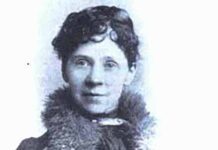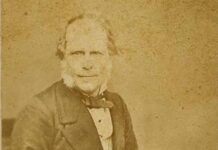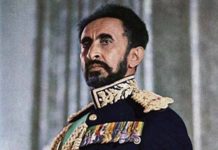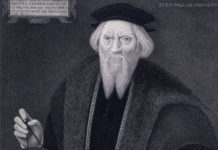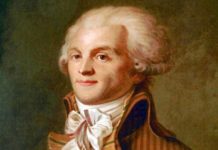At the conclusion of World War I, Theodore Roosevelt envisioned a non-political association of veterans. The result became the American Legion.
Two months after World War I ended, Theodore Roosevelt Junior, went to dinner with three of his friends, Lt. Col George White, Lt. Col William Donovan, and Major Eric Fisher Wood. Still recovering from his second surgery on a wound leg, Roosevelt was in good company; between the four men, they suffered seven combat wounds.
Foundations of the American Legion
Roosevelt brought up the subject of forming a non-political organization of citizen soldiers back in the United States. Roosevelt’s idea involved fellowship among former soldiers and the promotion of veteran’s welfare. His friends bought into the idea and soon the men began regular meetings concerning the future organization.
The group decided that the organization would be open to all former service members who served during the war. Additionally, membership would be open to all veterans, enlisted or officer, and regardless of where they served.
During the same time frame, General Pershing called Roosevelt into his office and asked him to form a committee to deal with the poor morale amongst the troops. Roosevelt gave Pershing a list of possible members for a committee. The list included Roosevelt’s friends and numerous enlisted men and officers.
The Temporary Committee of Twenty
Pershing looked though the list, eliminated all the enlisted personnel, and added a few field grade officers. Roosevelt became the official head of the committee, and the men called themselves, “The Temporary Committee of Twenty.”
Roosevelt’s injury allowed him to return to the States prior to the rest of the group, so the members asked him to begin meeting with veterans back home. Before Roosevelt left his mother, Edith Roosevelt, came to France to visit Quentin Roosevelt’s grave in Chamery. Quentin was Roosevelt’s brother and he died in aerial combat. After World War II, the Army exhumed Quentin’s body and buried him next to his brother Theodore Junior, in the American Cemetery in France.
Before he could set sail for the States, General Pershing summoned Roosevelt and other members of the Temporary Group of Twenty to his office. Pershing did not approve of the group organizing without his approval. When the men explained that the organization was for veterans and based in the United States, Pershing reluctantly gave his blessing.
The Paris and St. Louis Meetings
After Roosevelt left for the States, the remaining members of the Group of Twenty arranged a caucus in Paris. Over a thousand enlisted men and officers met for three days and finally decided on a name for the organization, The American Legion.
Back in the United State, Roosevelt traveled throughout the country drumming up support for a national meeting in St. Louis for May 8-10, 1919. When the caucus convened, over a thousand delegates rose as one and called for Roosevelt to become permanent chairman of the organization.
Roosevelt demurred, saying he wanted the organization to remain non-political and if they chose him, the public would think just the opposite. Despite his wishes, the delegates nominated Roosevelt for the chairman position. Finally, after more discussion, and Roosevelt’s adamant refusal, the delegates chose another for the position.
Roosevelt Posthumously Elected Past National Commander
Roosevelt remained active in the American Legion the rest of his life. True to his word, he never served in an elected position in the organization. However a few years after his death at the 1949 national convention, the American Legion, by a unanimous vote, elected Roosevelt a Past National Commander of the American Legion.
The nomination read, “In recognition of his proposing the organization, arranging the St. Louis caucus, maintaining a lifetime interest in the Legion and its principles, and giving his life for his country and the great principles of justice, freedom, and democracy.”



